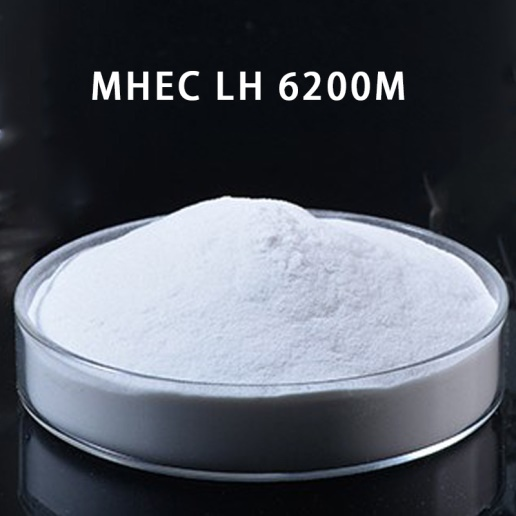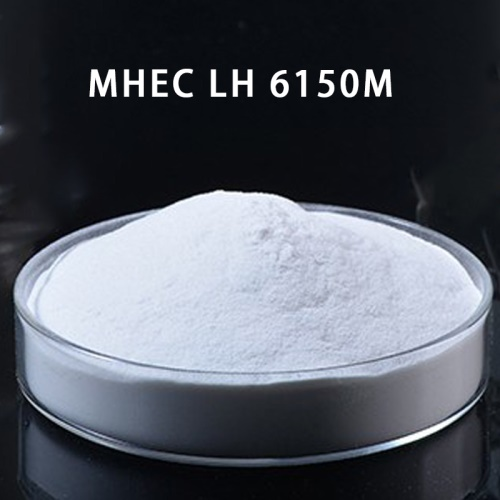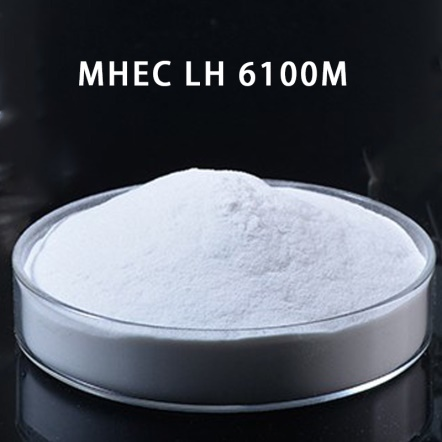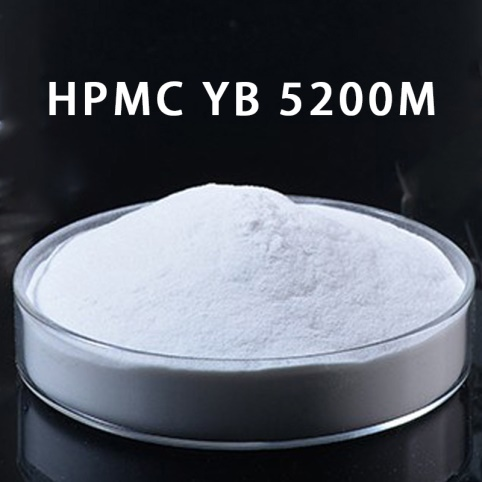
Products
HEMC LH 660M
Specification of HEMC LH 660M
| Chemical name | Hydroxyethyl Methyl Cellulose |
| Synonym | Cellulose ether, 2-hydroxyethyl methyl cellulose, Cellulose, 2-hydroxyethyl methyl ether, Methyl hydroxyethyl cellulose, HEMC, MHEC |
| CAS number | 9032-42-2 |
| Brand | EipponCell |
| Product Grade | HEMC LH 660M |
| Solubility | Water Soluble Cellulose ether |
| Physical form | White to off-white cellulose powder |
| Moisture | Max.6% |
| PH | 4.0-8.0 |
| Viscosity Brookfield 2% solution | 24000-36000mPa.s |
| Viscosity NDJ 2% solution | 48000-72000mPa.S |
| Ash content | Max5.0% |
| Mesh size | 99% pass 100mesh |
| HS code | 39123900 |
Application of HEMC LH 660M
EipponCell® HEMC LH 660M, a type of cellulose ether, finds widespread application within the realm of dry mixed mortar. Dry mixed mortar, alternatively referred to as pre-mixed (dry) mortar, dry powder material, or dry mix, represents a partially prepared mixture of mortar devoid of mixing water. Cellulose ether boasts a range of exceptional properties, including thickening, emulsification, suspension, film formation, protective colloid action, moisture retention, and adhesion. These qualities position it as a crucial admixture in the domain of dry mixed mortar, albeit at a notably high cost.
Notably, EipponCell® HEMC LH 660M, serves to notably enhance the water retention capability of mortar. Even at lower dosages, it effectively mitigates mortar separation while significantly augmenting water retention rates. For instance, when introduced at a dosage of 0.1%, the water retention rate experiences an increase from 83% to 91%. Furthermore, at a water retention rate of 0.4%, the water retention percentage notably escalates to an impressive 98%.
Documents of HEMC LH 660M
Recommended HEMC for Building & Construction
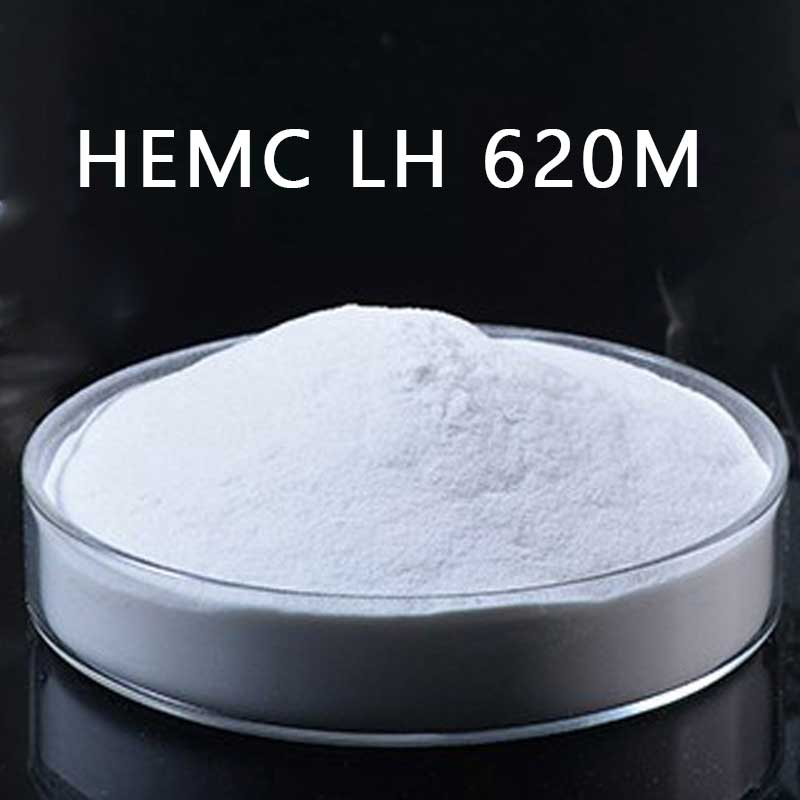
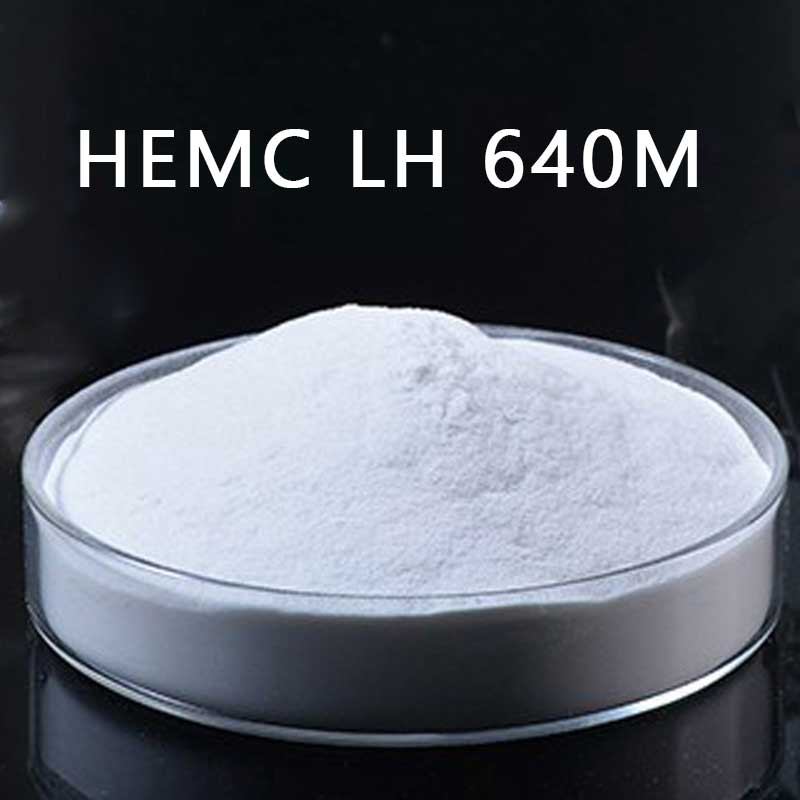
Address
Mayu Chemical Industry Park, Jinzhou City, Hebei, China
Tel/Whatsapp
+86-311-8444 2166
+86 13785166166 (Whatsapp/Wechat)
+86 18631151166 (Whatsapp/Wechat)
Latest information
news



